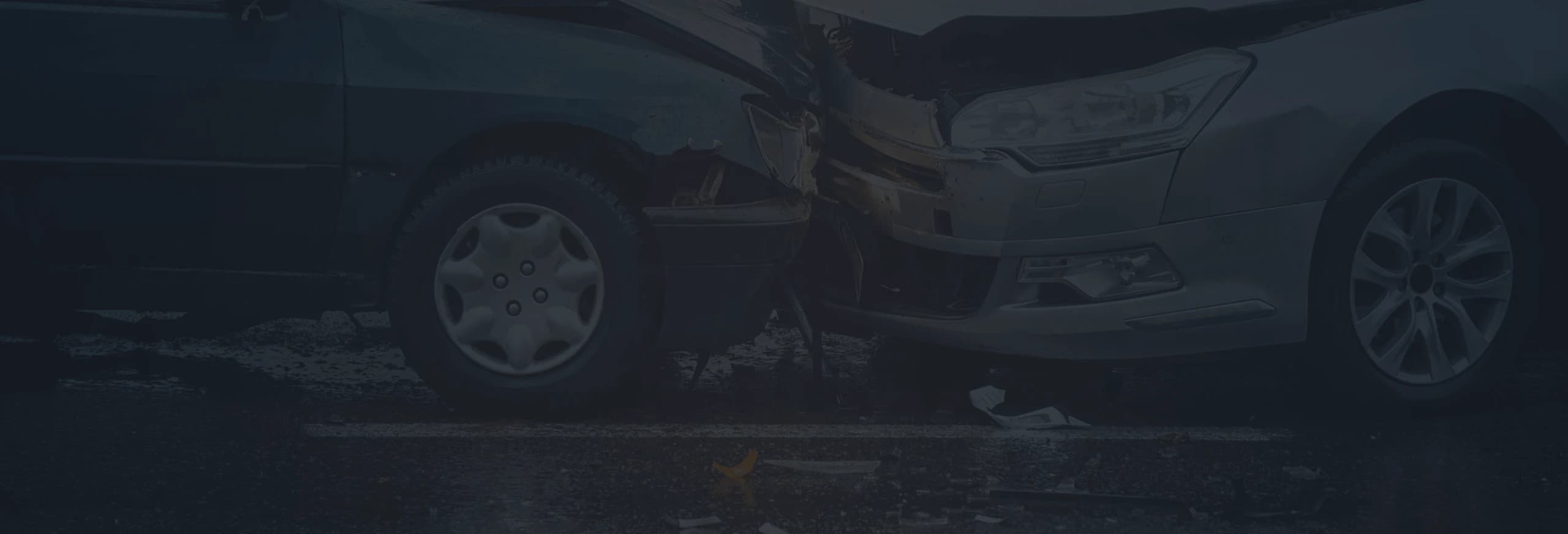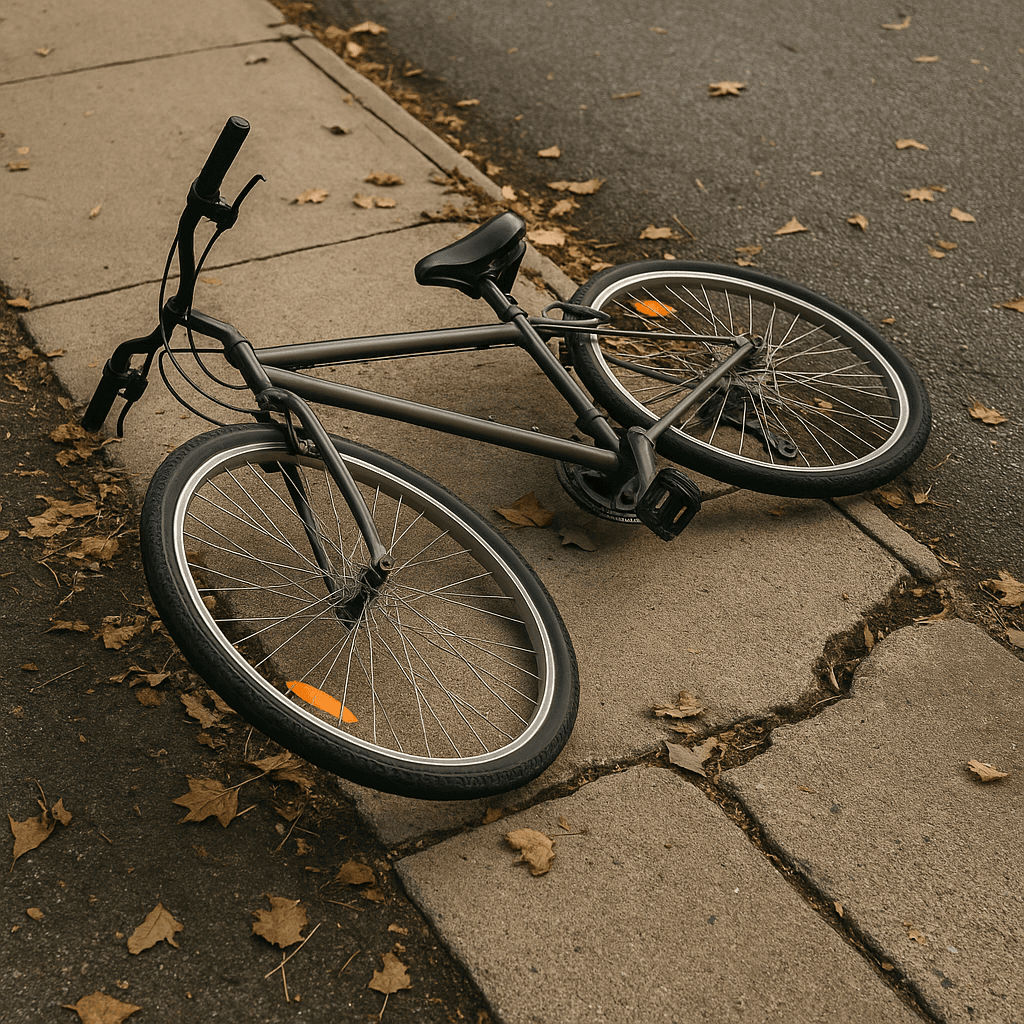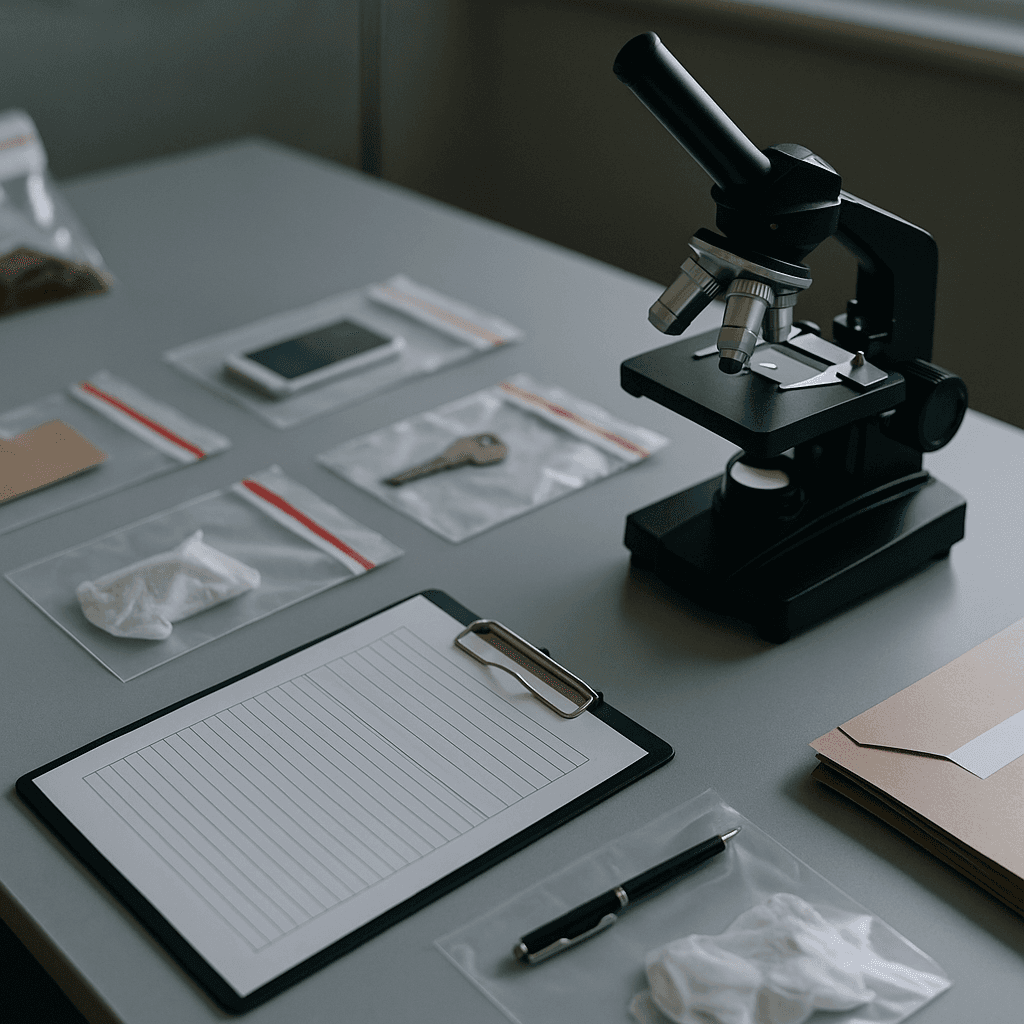
Understanding Causation: Linking Negligence to Your Injury

What Causation Means in Personal Injury Law
In personal injury law, causation serves as the critical link between negligence and the resulting harm. It's not enough to prove that someone acted carelessly; you must also show that their conduct directly caused your injury. This connection is what turns a simple accident into a legal claim for compensation. Without causation, even a clear act of negligence may not lead to liability.
There are two forms of causation that courts consider: cause in fact and proximate cause. The first asks whether the injury would have occurred "but for" the defendant's actions. The second examines whether the harm was a foreseeable result of those actions. Together, these principles establish responsibility and ensure that only reasonable, predictable consequences are compensated.
Proving causation often requires detailed evidence, from medical reports to accident reconstructions. A skilled personal injury lawyer helps gather and present this proof effectively, making sure your case clearly demonstrates that the defendant's negligence—not some unrelated factor—caused your suffering.
The Foundation: Duty of Care and Its Breach
Causation doesn't exist in isolation—it builds upon the concept of duty of care. Every negligence claim begins with showing that the defendant had an obligation to act with reasonable care to prevent harm. When that duty is violated, and someone is injured as a result, the causal link begins to take shape.
For instance, a driver owes a duty to operate their vehicle safely and follow traffic laws. If they speed through a red light and hit another car, their breach of duty sets the stage for establishing causation. However, the injured party still needs to demonstrate that the reckless behavior directly led to their injuries.
This balance between responsibility and consequence is at the heart of personal injury law. Understanding how a breach transforms into liability is crucial, as explained through the legal principle of duty of care in personal injury law, which forms the backbone of all negligence-based claims.
The Chain of Events That Proves Fault
Once a breach of duty is established, the focus shifts to linking that breach to the actual harm. This process often involves tracing the chain of causation, from the initial act of negligence to the final injury. If the chain is interrupted—say, by an independent event—the defendant may argue that their actions were not the true cause.
For example, if a driver rear-ends another car due to distraction but the injured party later aggravates the injury through unrelated conduct, the defense might claim that the aggravation breaks the causal chain. This is where experienced legal analysis becomes critical. Understanding how to maintain a clear connection between the negligent act and the resulting harm can determine whether compensation is awarded.
The distinction between negligence and more severe forms of misconduct, such as recklessness, also plays a role. Recklessness often strengthens the causation argument because it involves a conscious disregard for safety. Differentiating these behaviors helps clarify liability and may influence the outcome. This crucial distinction is illuminated when exploring the difference between negligence and recklessness, which shows how the degree of carelessness shapes both causation and damages.
When Comparative Fault Complicates Causation
Causation becomes even more complex when both parties share responsibility for the accident. Under comparative fault laws, the court may assign a percentage of blame to each party based on their actions. Your compensation is then reduced according to your share of fault.
For instance, if you were texting at the time of a crash caused by a speeding driver, both actions may have contributed to the collision. The legal question then becomes how much each party's negligence contributed to the injury. Demonstrating causation under these circumstances requires precision—your attorney must show that the other party's conduct was the primary cause of harm.
In such cases, clear argumentation and evidence can mean the difference between a fair recovery and a reduced settlement. The way shared responsibility affects damages and proof of causation is further illustrated by principles found in how comparative fault can impact your settlement, which explain how fault distribution directly shapes compensation outcomes.
Timing Matters: Linking Causation Before It's Too Late
Even with strong evidence of causation, the law imposes strict time limits on when a claim can be filed. The statute of limitations determines how long an injured person has to pursue compensation. Missing this deadline can erase your right to recover damages, no matter how clear the causal link.
Because proving causation often takes time—gathering medical opinions, investigating records, and reconstructing events—victims should act promptly. Each jurisdiction has its own deadline, and exceptions are rare. Understanding when and how to file ensures that your claim remains valid and your evidence stays fresh.
The importance of acting quickly is underscored by the principles in statute of limitations – don't miss your chance for justice, where time is shown to be as vital to a case's success as the evidence itself.
The Role of Legal Expertise in Proving Causation
Causation can be one of the most challenging aspects of a personal injury case because it often requires technical evidence and expert testimony. Medical experts may be needed to link the defendant's actions to a physical injury, while accident reconstruction specialists can help explain how events unfolded.
A dedicated attorney coordinates these efforts, ensuring that every piece of evidence supports a clear narrative of cause and effect. They also anticipate and counter defense arguments, such as claims that an injury was pre-existing or that an external factor—not the defendant—caused the harm.
Having an advocate who understands how to navigate these complexities is invaluable. A capable lawyer not only proves negligence but also establishes the crucial link between breach and damage, ensuring that victims receive full and fair compensation. This kind of representation underscores the value of working with a skilled professional—truly the key to maximizing your case, as described in personal injury lawyer – key to maximizing your case.
Why Causation Is Central to Every Injury Case
Without causation, even the most blatant act of negligence may not result in liability. It's the bridge between wrongdoing and harm—the proof that connects what happened to why the victim deserves compensation. Courts rely on this connection to ensure that judgments are fair and that only those truly responsible bear the cost of their actions.
For injury victims, understanding this link provides clarity and direction. It explains why certain evidence is necessary, why expert testimony matters, and why timelines must be followed. It also emphasizes the importance of working with legal professionals who can frame the facts to show precisely how negligence led to harm.
Ultimately, causation reinforces the very purpose of personal injury law: to hold negligent parties accountable and help victims rebuild their lives. Whether the injury stems from a careless mistake or a reckless disregard for safety, establishing that chain of cause and effect is the foundation of justice and recovery.
Blog Posts:

The Role of Expert Witnesses in Injury Litigation
Why Expert Witnesses Matter in Personal Injury Cases In personal injury litigation, facts alone are often not enough. While evidence like medical records, photographs, and witness statements paint part of the picture, juries and insurance companies frequently need context and explanation to understand the full scope of an injury and its impact. This is where expert witnesses play a pivotal role. Expert witnesses are professionals—often doctors, engineers, economists, or accident reconstruction specialists—who provide testimony based on their specialized knowledge. Their objective is not to advocate for one side but to clarify complex issues that require professional interpretation. In many cases, their opinions help bridge the gap between evidence and understanding, making them critical to achieving fair compensation.

How Insurance Companies Evaluate Injury Claims
How the Evaluation Process Really Works When you file a personal injury claim, the insurance company begins a process that is anything but simple. Behind every offer or denial, there's a calculated evaluation designed to protect their bottom line. Insurers use data-driven methods, past claim outcomes, and internal guidelines to assess how much—if anything—they believe your case is worth. The goal of the insurance adjuster is straightforward: to settle your claim for as little as possible while closing the file quickly. They'll review your medical records, accident details, and even statements you've made to determine liability and damages. The more organized and detailed your claim presentation, the harder it is for them to undervalue it.

The Dangers of Handling a Personal Injury Case Without Legal Help
Understanding What's at Stake After an accident, it's natural to want to resolve things quickly. Medical bills begin piling up, your work may be disrupted, and insurance adjusters often seem eager to "help." Many people believe they can handle their personal injury claim on their own—especially if the situation seems straightforward. But personal injury law is complex, and even minor missteps can lead to significant financial loss. Without professional guidance, you may underestimate your claim's value, miss critical deadlines, or make statements that insurers later use against you. The legal process is designed to protect both sides, and insurance companies have experienced professionals working to limit payouts. Without an equally skilled advocate on your side, you're at a clear disadvantage. That's why consulting a personal injury lawyer early in the process is often the difference between fair compensation and a costly mistake.

When Should You Switch to a Different Injury Lawyer?
Knowing When It's Time for a Change Choosing the right attorney after an accident is one of the most important decisions you'll make in your recovery journey. However, not every lawyer-client relationship is a perfect fit. Sometimes, despite your best efforts, you may realize that your current representation isn't meeting your expectations. Whether it's poor communication, lack of progress, or a sense that your case isn't being handled effectively, recognizing when to switch attorneys can make all the difference in the outcome of your claim. Switching to a new personal injury lawyer doesn't mean starting over from scratch—it means taking control of your case and ensuring it receives the attention and effort it deserves. Understanding what to expect from your legal representation can help you identify the warning signs that it might be time for a change.
Get an agent on the line in seconds
Responsive
Legal Assistance
Our personal injury attorneys advocate for the funds necessary to cover bills, secure medical treatment, recoup lost wages, and provide compensation for your pain and suffering.
Are you facing unfair treatment from the insurance company?
Do you know the value of your case?
Is the insurance company asserting that the accident is your responsibility?

We'll get back to you ASAP.
Get Your Free Consultation
You Pay Nothing Unless We Recover Compensation For You
